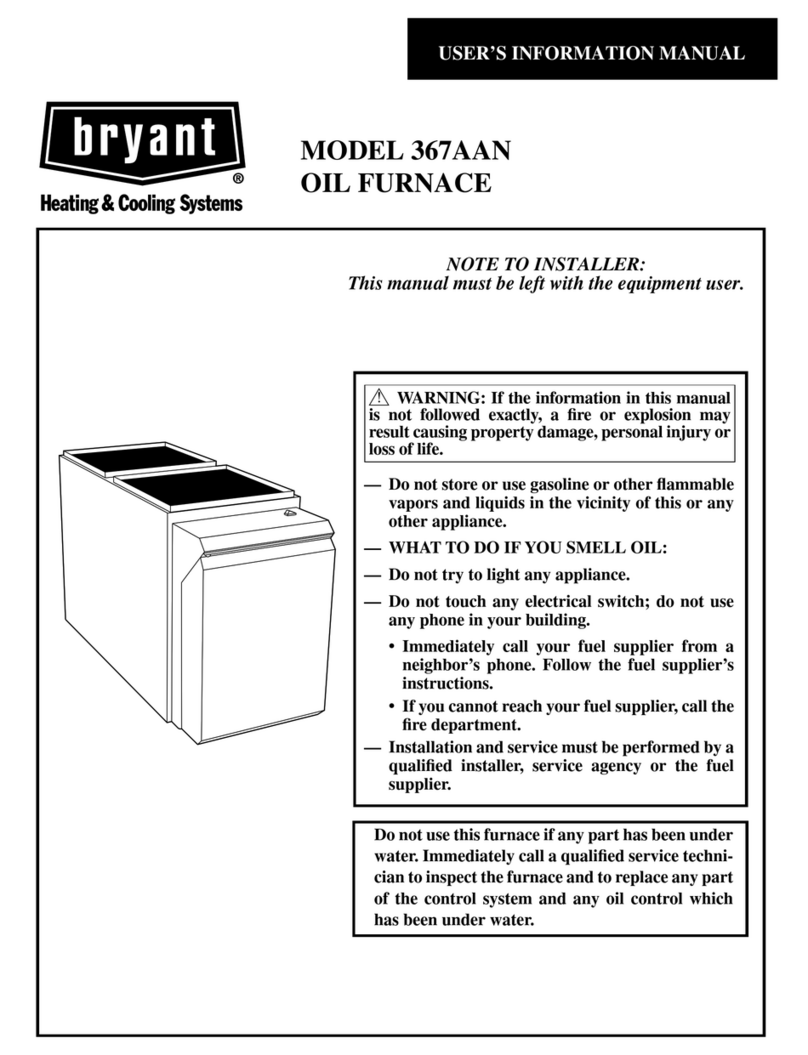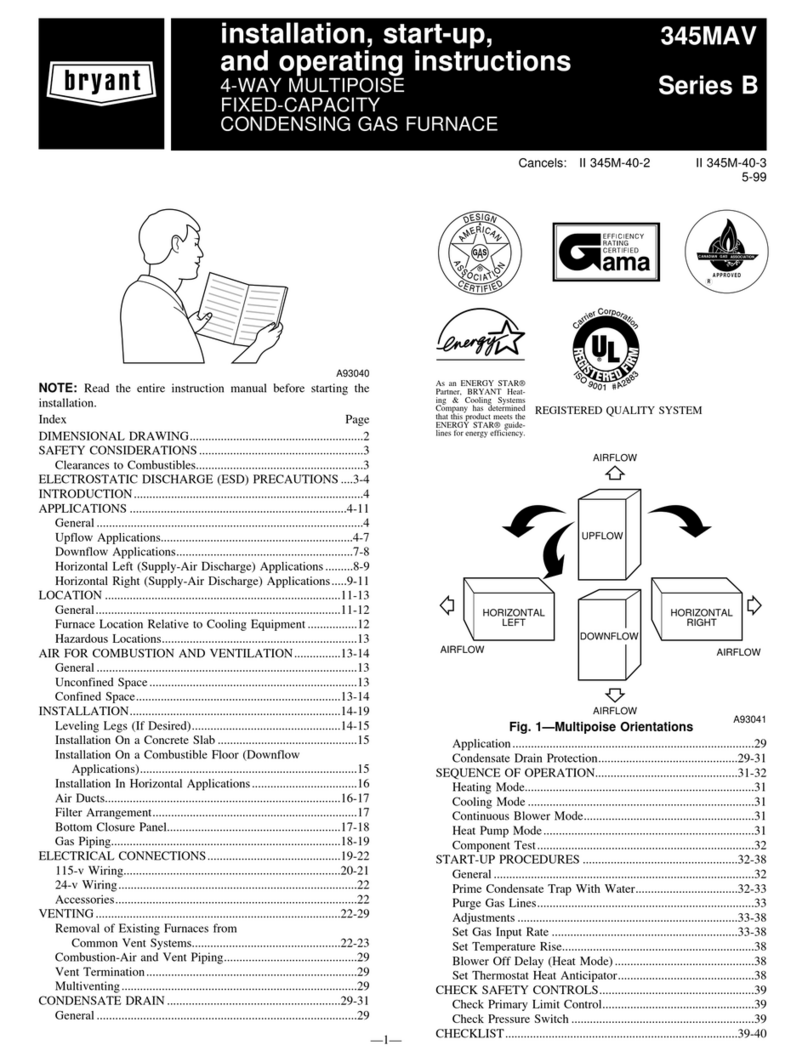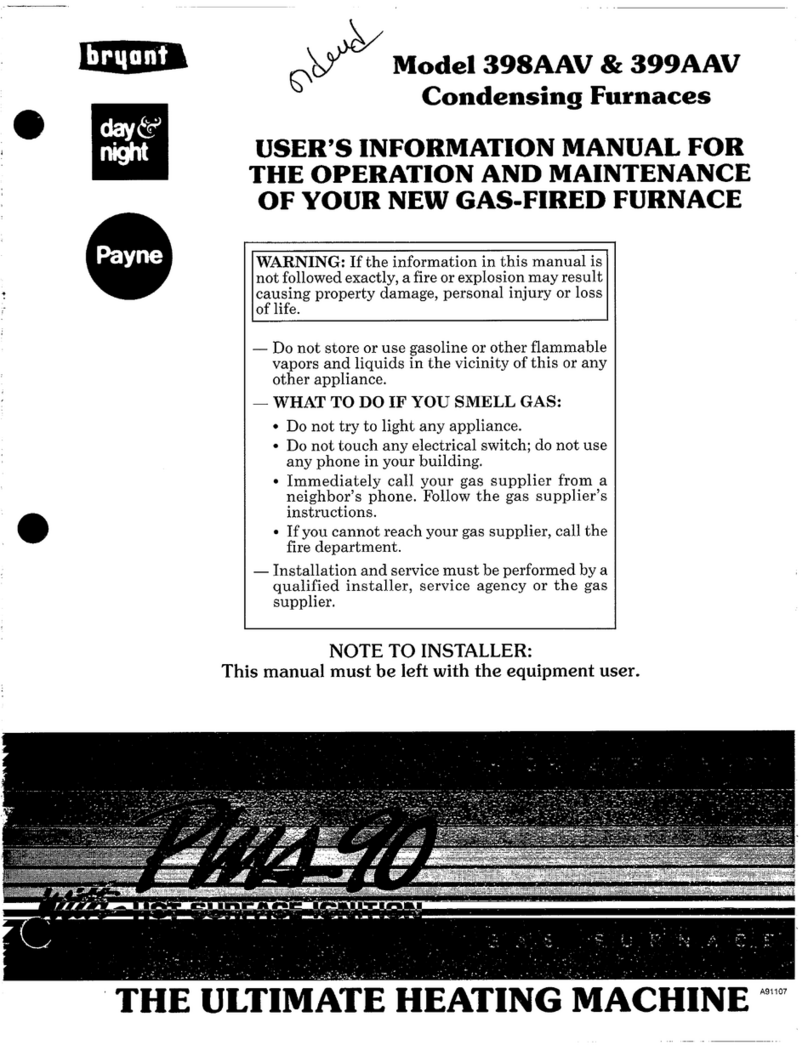Bryant 352MAV A Series Instructions and recipes
Other Bryant Furnace manuals
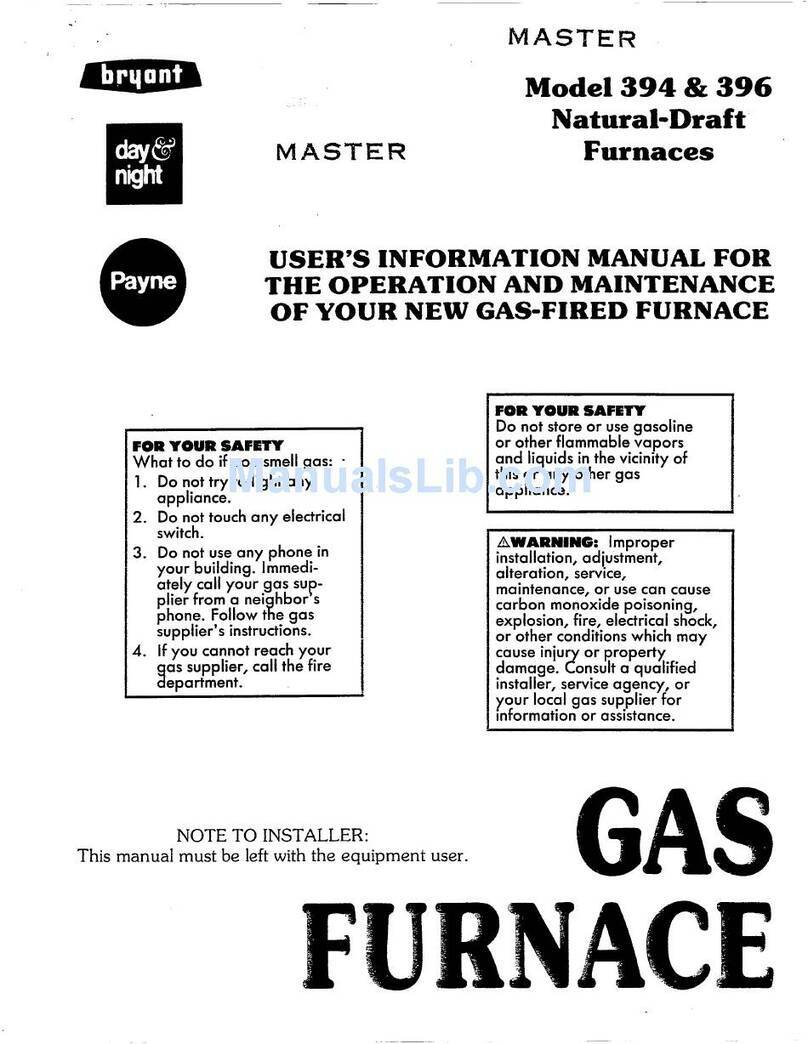
Bryant
Bryant 394 Guide
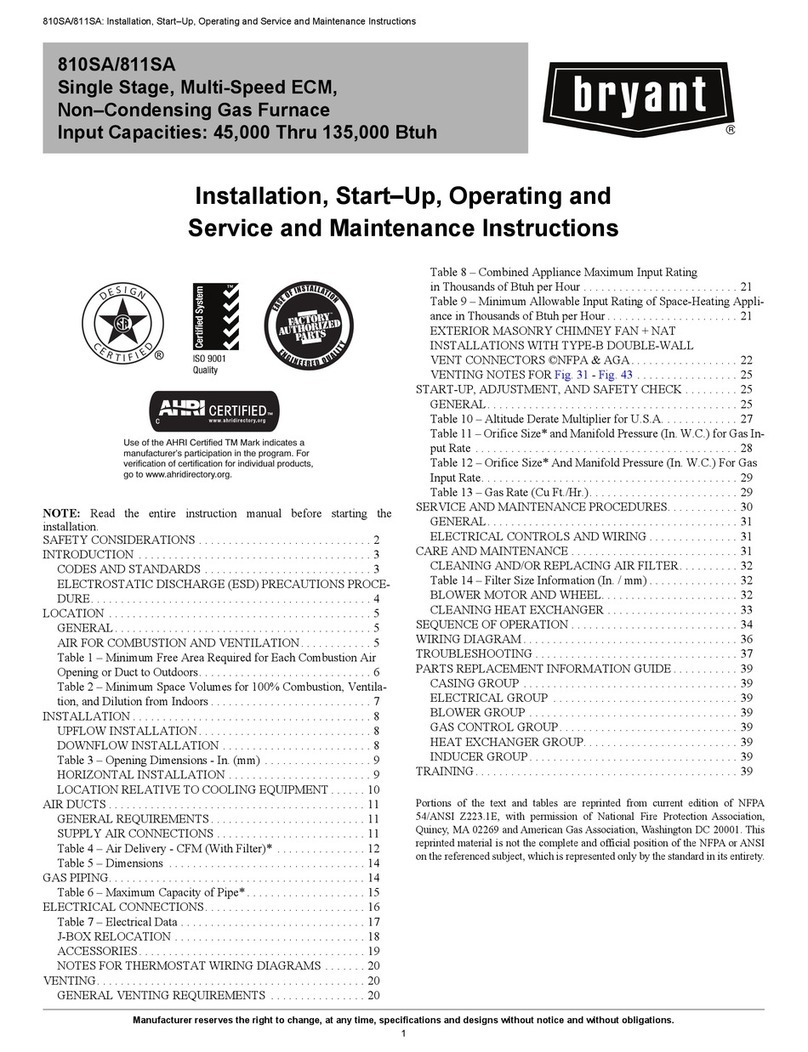
Bryant
Bryant 810SA Guide

Bryant
Bryant OVM098 User manual

Bryant
Bryant 394C Operational manual
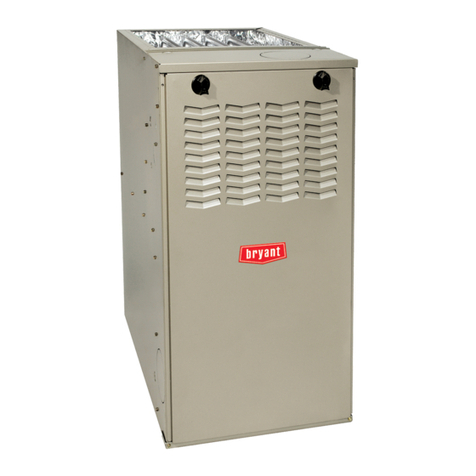
Bryant
Bryant 800SA Guide
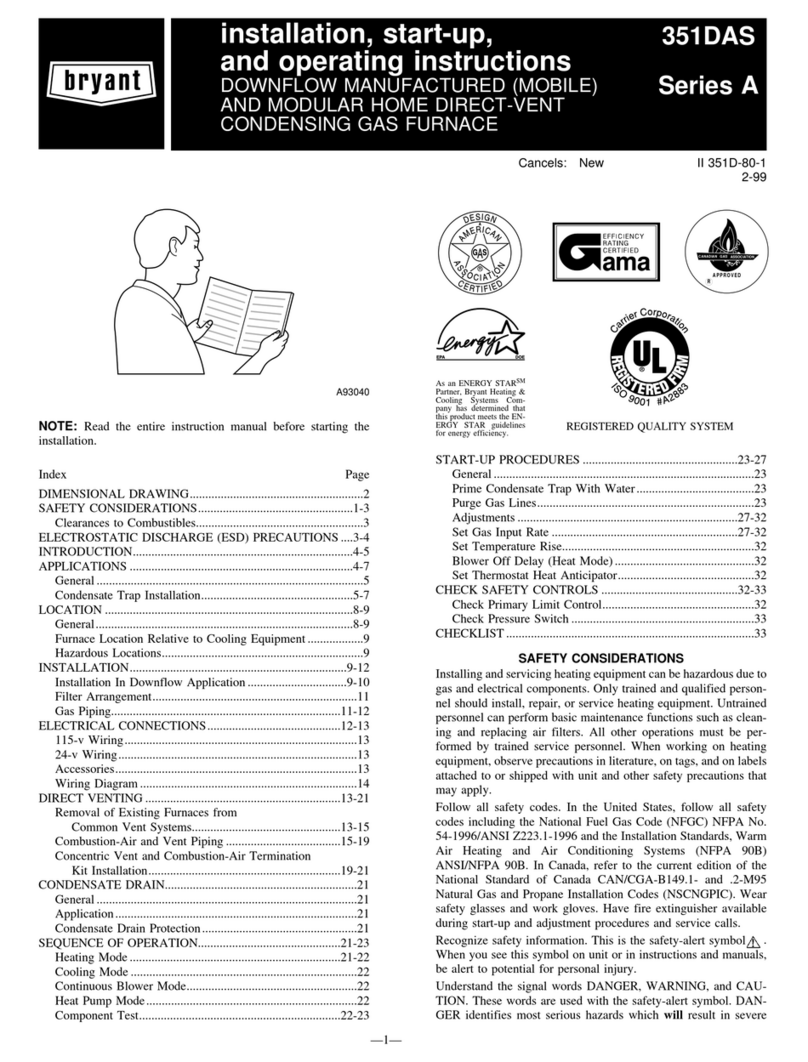
Bryant
Bryant 351DAS Installation manual
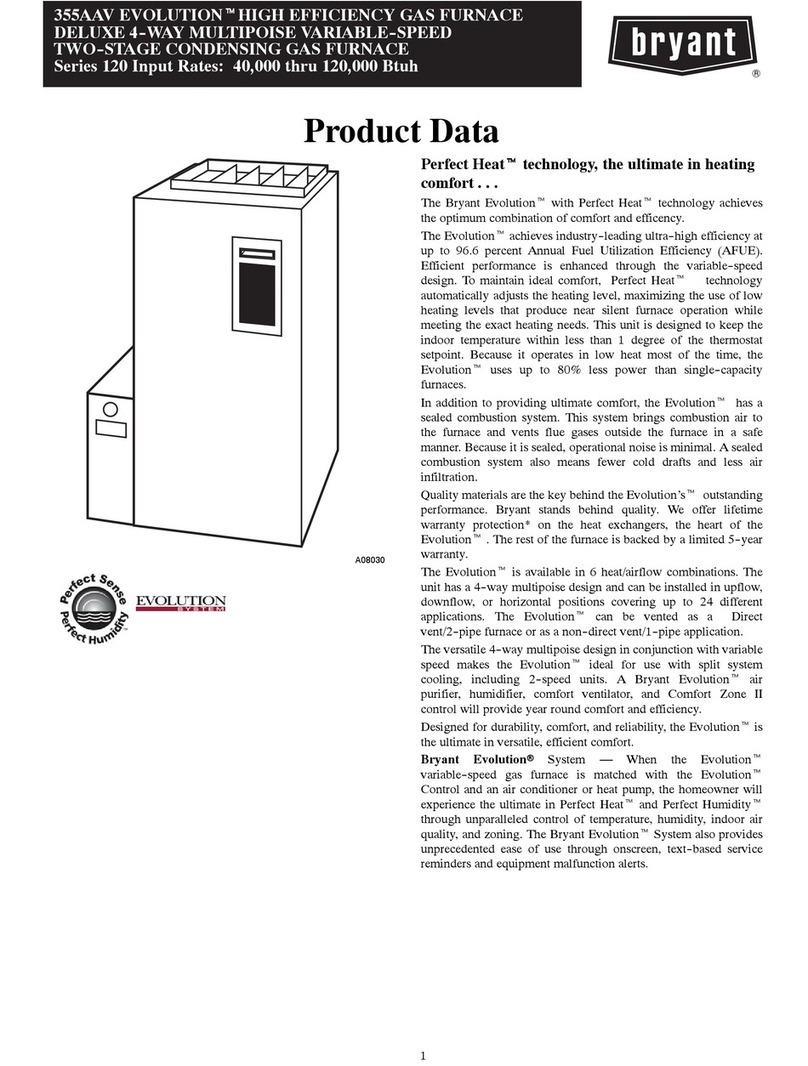
Bryant
Bryant DELUXE 355AAV Operation manual
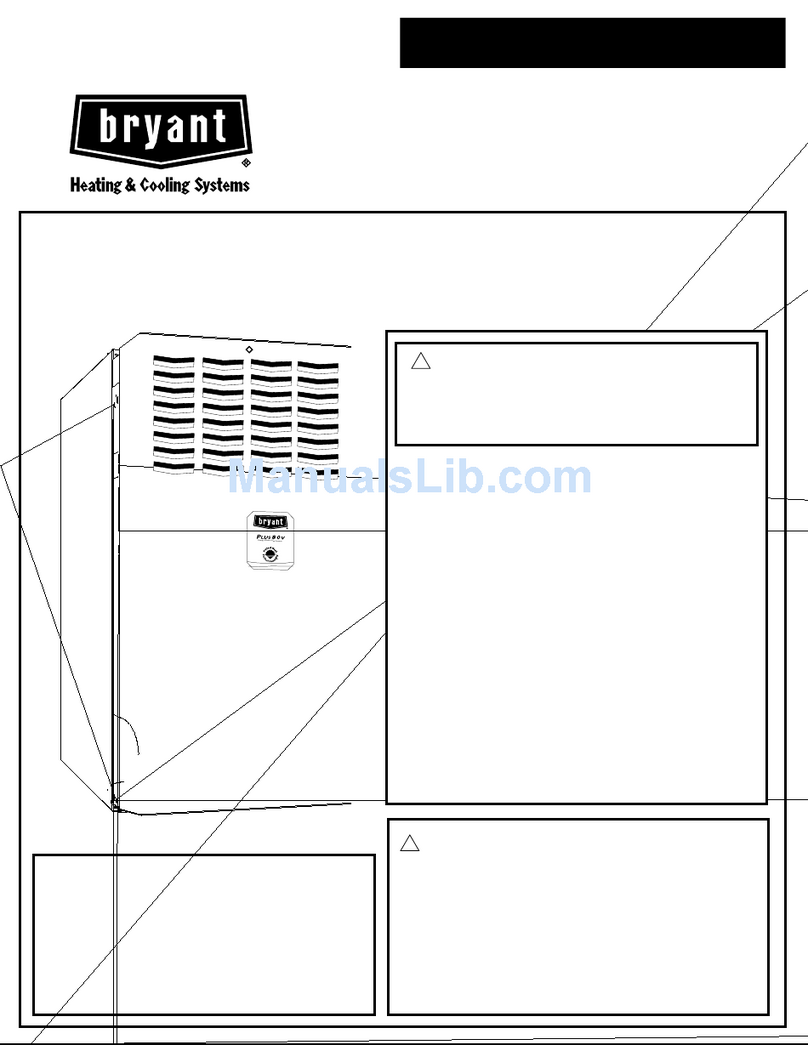
Bryant
Bryant 310 Guide
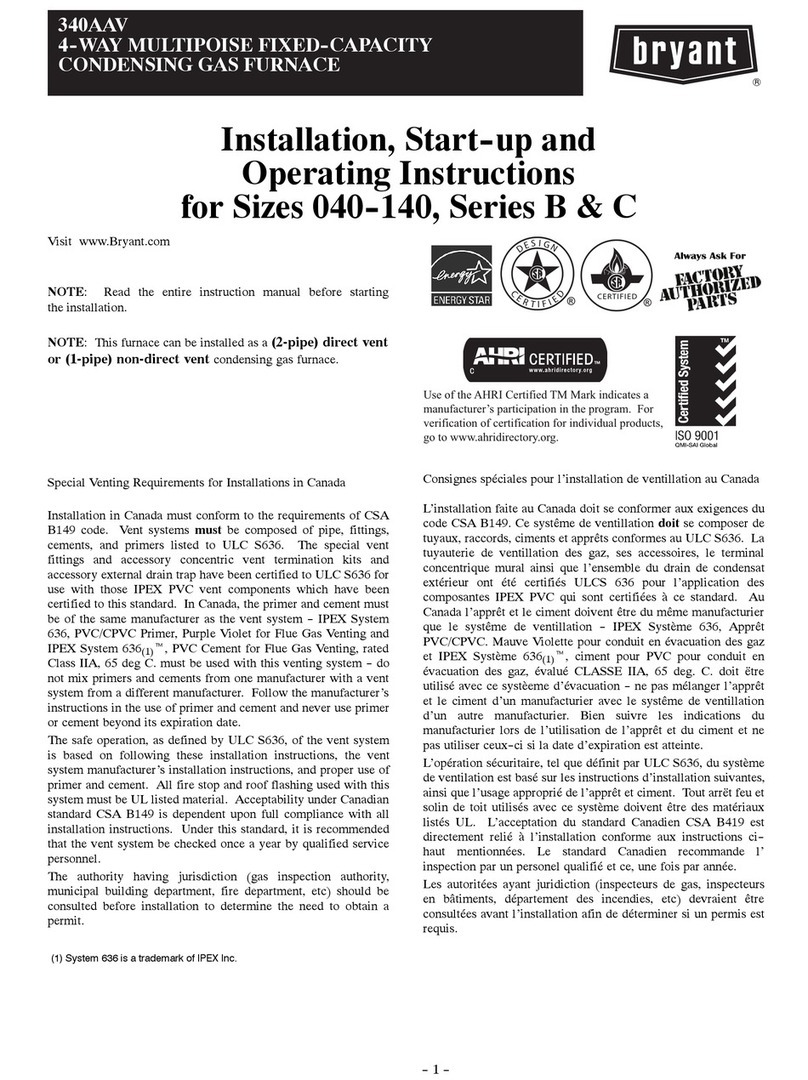
Bryant
Bryant Deluxe 340AAV Instructions and recipes
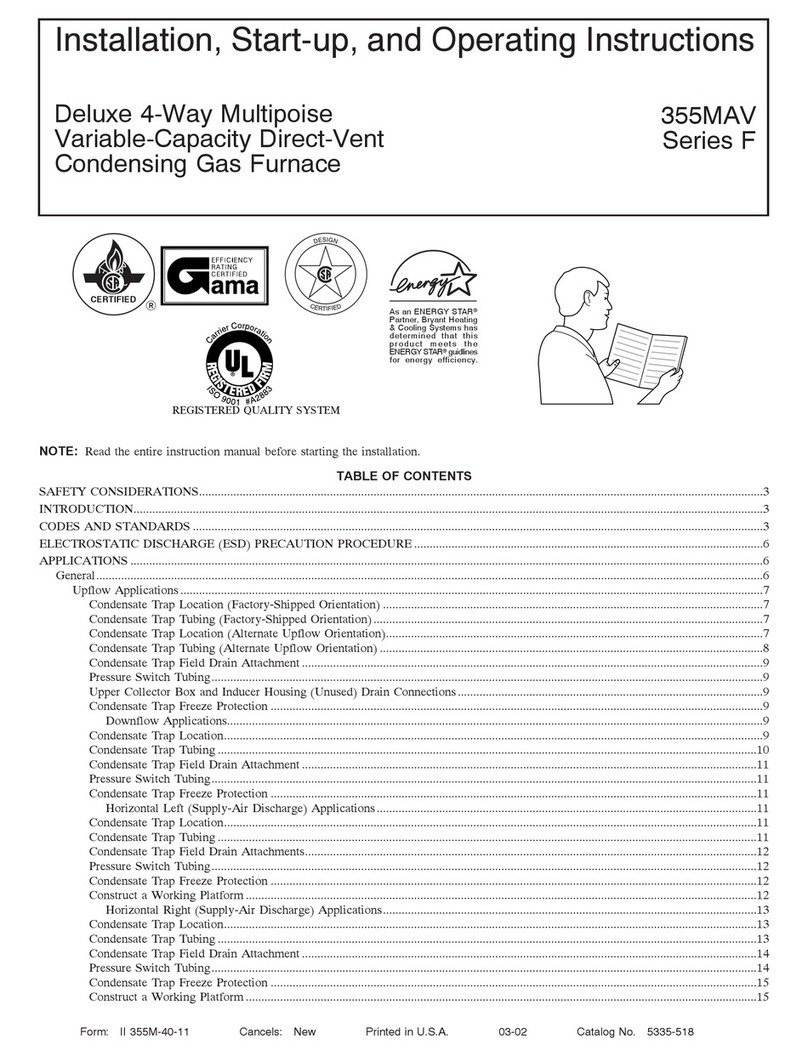
Bryant
Bryant CONDENSING GAS FURNACE 355MAV Instructions and recipes
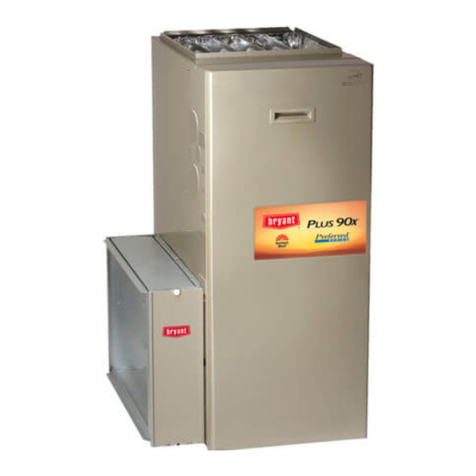
Bryant
Bryant 353BAV Installation manual
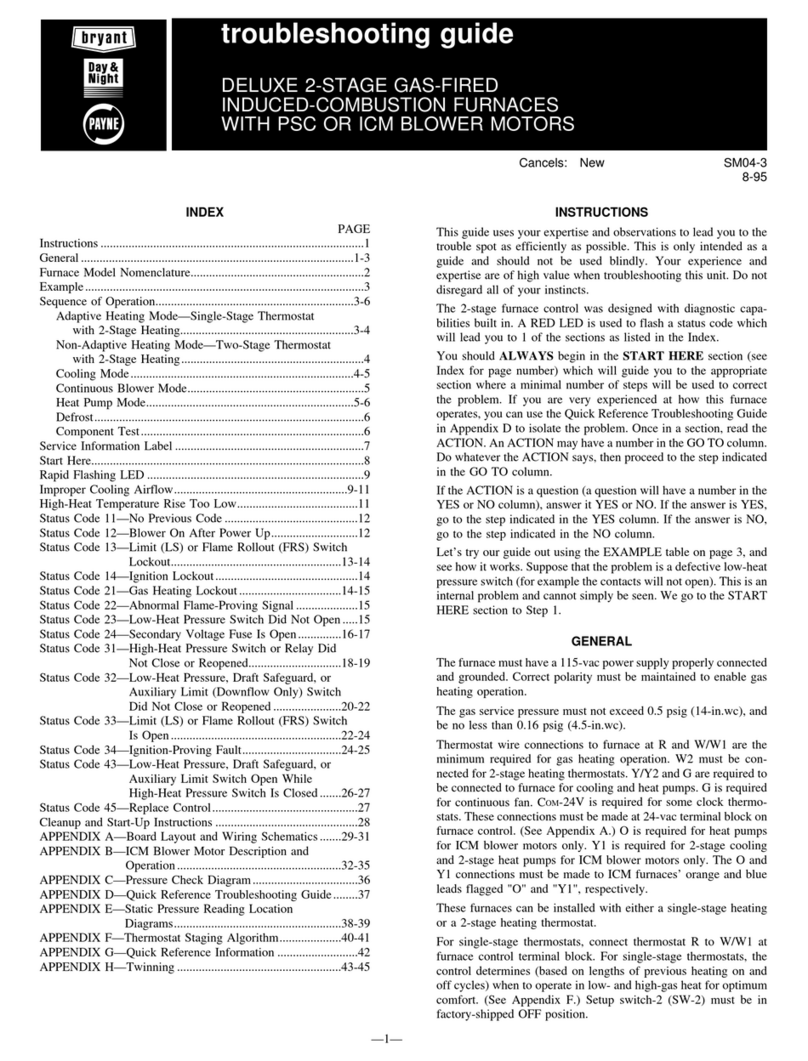
Bryant
Bryant 333B-AV-036060-AA-JA User manual

Bryant
Bryant 361AAN User manual

Bryant
Bryant 926TA Operation manual
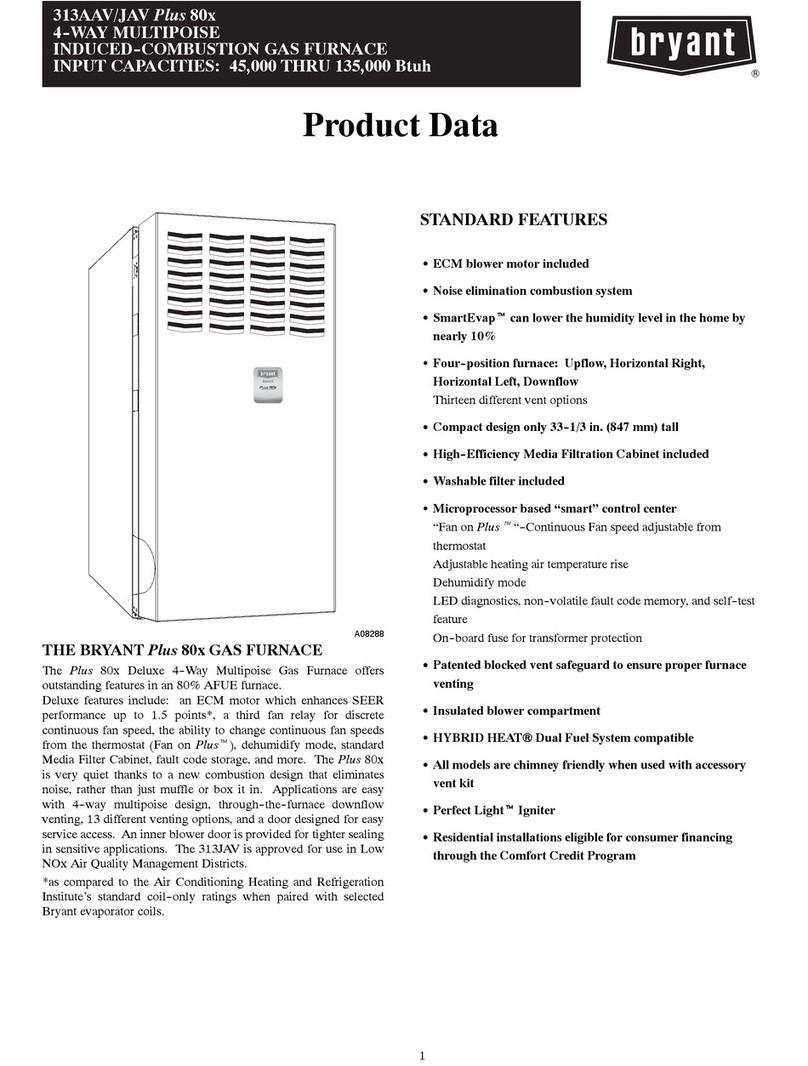
Bryant
Bryant 313AAV/JAV Operation manual
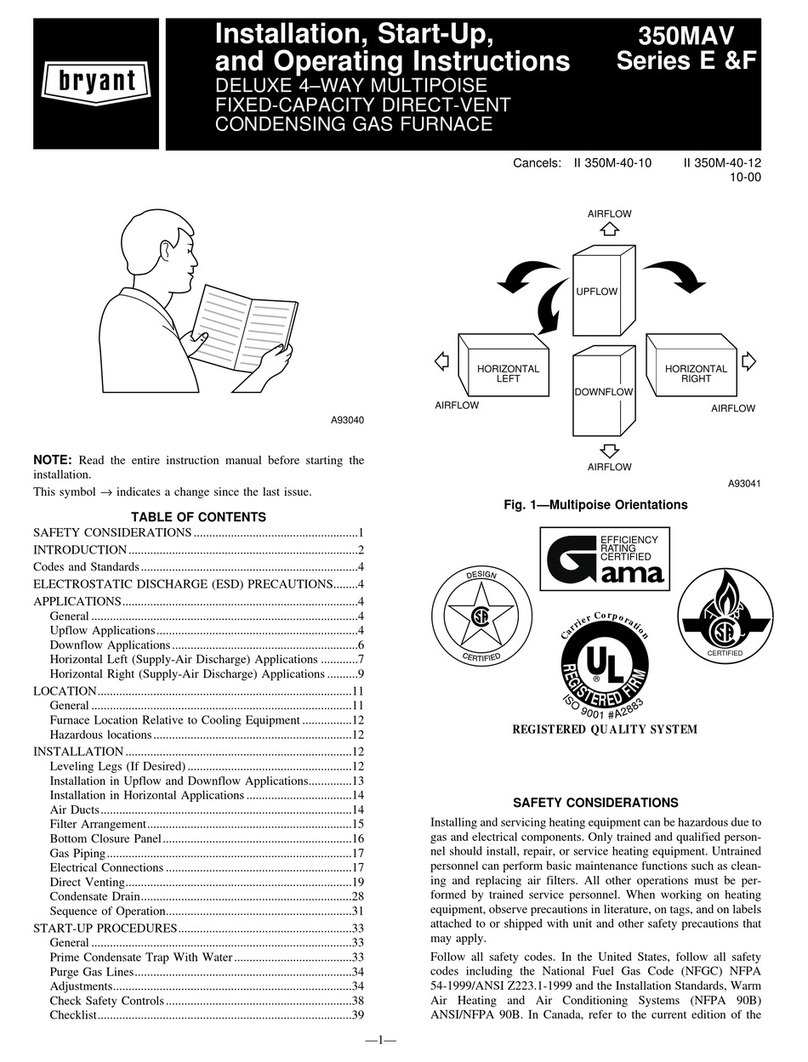
Bryant
Bryant CONDENSING GAS FURNACE 350MAV Instructions and recipes
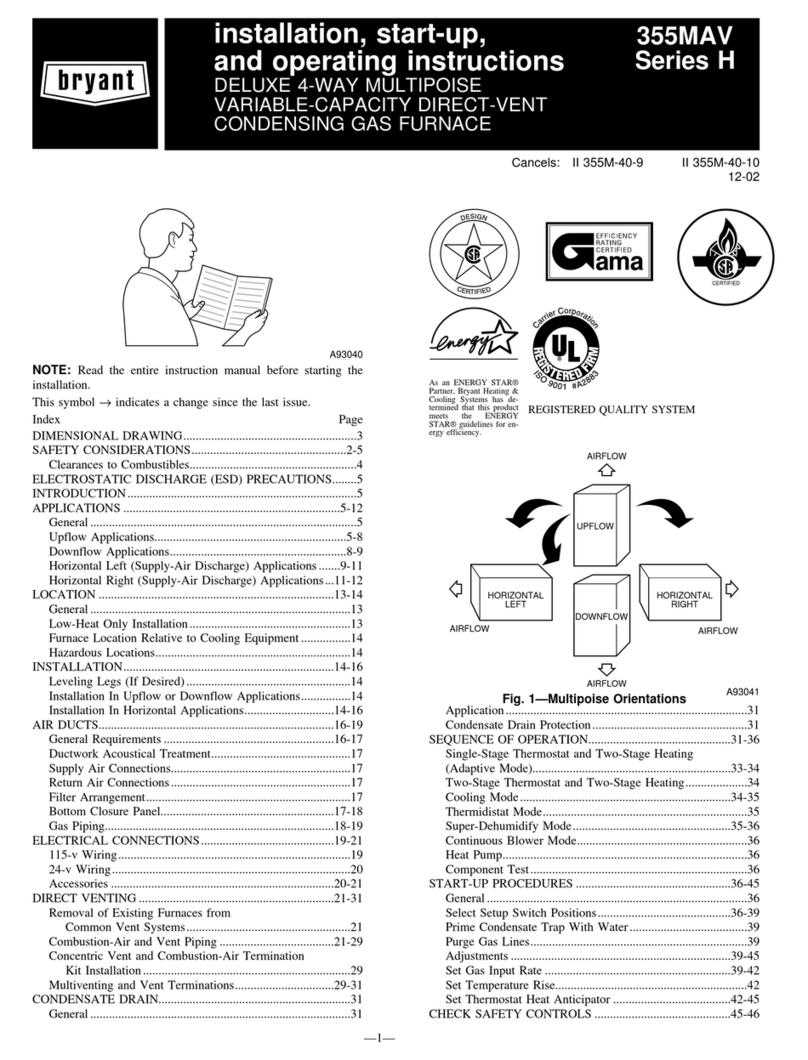
Bryant
Bryant CONDENSING GAS FURNACE 355MAV Instructions and recipes

Bryant
Bryant 376CAV Instructions and recipes

Bryant
Bryant 362AAN Instructions and recipes
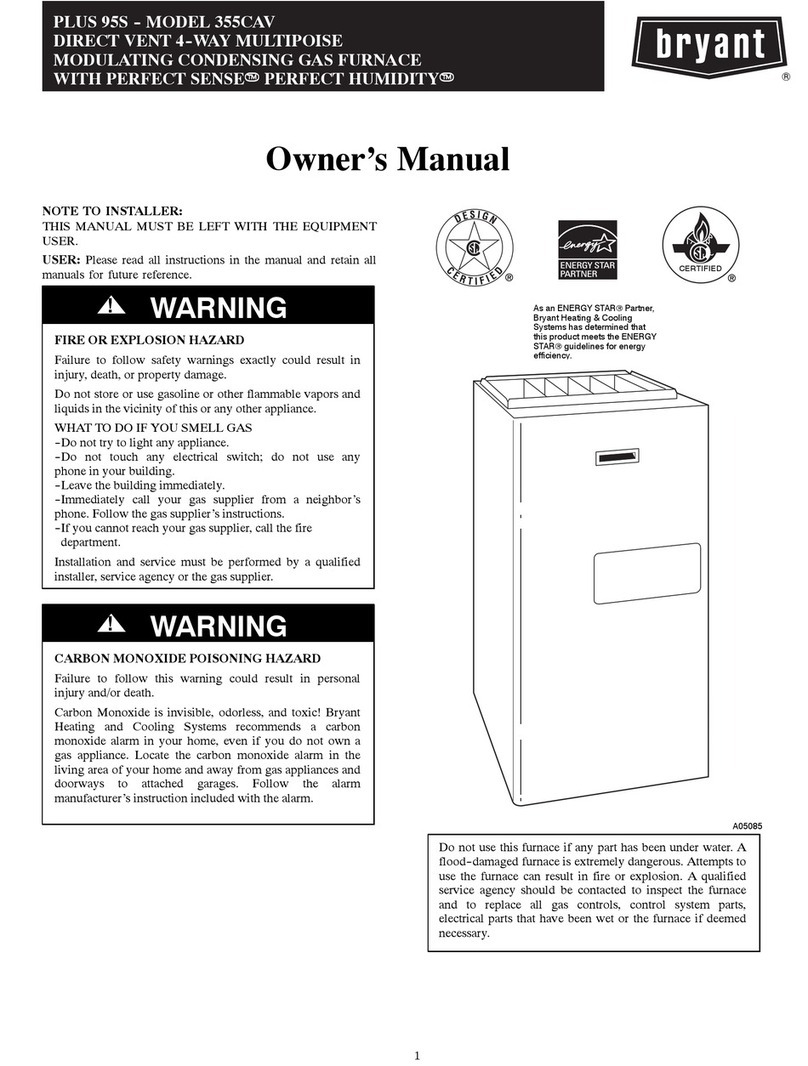
Bryant
Bryant PLUS 95S 355CAV User manual
Popular Furnace manuals by other brands

Unitary products group
Unitary products group AHV8 UH installation manual

VERDER
VERDER CARBOLITE GERO RHF 14/8 Installation, operation and maintenance instructions

Tempstar
Tempstar B Series Service and technical support manual

Carrier
Carrier Performance 59SP5A Installation, start-up, operating and service and maintenance instructions

Armstrong
Armstrong EG7H SERIES Installation and maintenance instructions

Payne
Payne PG92ESA Installation, start-up, operating and service and maintenance instructions

NANOE
NANOE Zetasinter Operation manual

SUPREME
SUPREME FEM10-M2301CM-A Installation instructions and homeowner's manual

Johnson Controls
Johnson Controls TM9T User's information manual

Fluke
Fluke 9118A user manual

Lennox
Lennox EL195UHE Elite Series Unit information

Intertherm
Intertherm M7RL Series user manual

HDG
HDG Pelletmaster 15 Operation manual

Nortek
Nortek MG2S Series installation instructions

VERDER
VERDER CARBOLITE GERO ABF 8/28 Installation, operation and maintenance instructions

Goodman
Goodman GMV9 Installation & operating instructions

SUPREME
SUPREME SUP10-M2301C Installation instructions and homeowner's manual

Dettson
Dettson AMT400B34-SM1PMA Installation instructions and homeowner's manual
